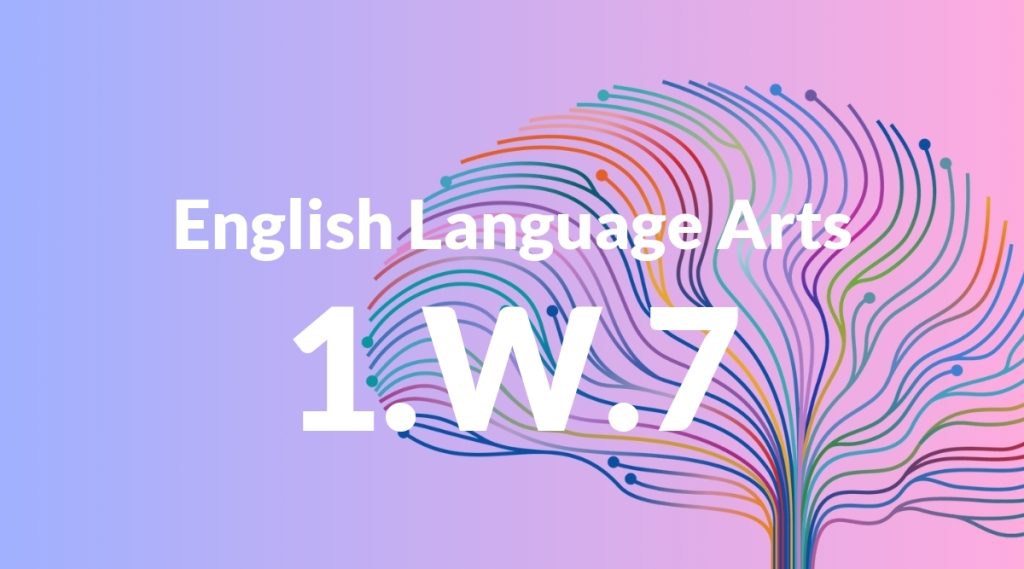Standard: 1.W.7 – Participate in shared research and writing projects (e.g., explore a number of “how-to” books on a given topic and use them to write a sequence of instructions).
Grade level: Grade 1
Subject: English Language Arts
Domain: Writing
Teacher Overview
This standard emphasizes the importance of collaborative research and writing projects in Grade 1. It helps students learn how to work together, share ideas, and create structured written content. This skill is crucial as it lays the foundation for more complex writing and research tasks in higher grades. Students should be able to construct simple sentences, understand basic text, and sequence events or steps logically.
After mastering this standard, students will be able to conduct independent research, organize their findings, and write detailed reports. They will also improve their ability to collaborate and communicate effectively with peers.
Common Misconception 1
Some students may think they need to handle all research and writing tasks independently. This misconception stems from not understanding the collaborative nature of the project.
Intervention 1
Introduce group activities where each student contributes to a part of the project, highlighting the importance of teamwork.
Common Misconception 2
Another common misconception is that the order of steps is not important. This can lead to confusion and incorrect results in their projects.
Intervention 2
Use practical examples, such as cooking or assembling a toy, to show why following steps in the correct order is essential.
Prerequisite Knowledge
Students should be familiar with basic sentence structure, have some experience with reading simple texts, and understand the concept of sequencing events or steps.
Subsequent Knowledge
Students will develop the ability to independently conduct research, organize information, and write more detailed and structured texts. They will also enhance their collaborative skills and ability to follow and create instructions.
Instructional Activities
- Group research on a chosen topic with each student responsible for a different part
- Creating a class book where each student writes a page
- Writing and illustrating a ‘how-to’ guide for a simple task
- Organizing a class presentation on a researched topic
- Collaborative storytelling where each student adds a part to the story




